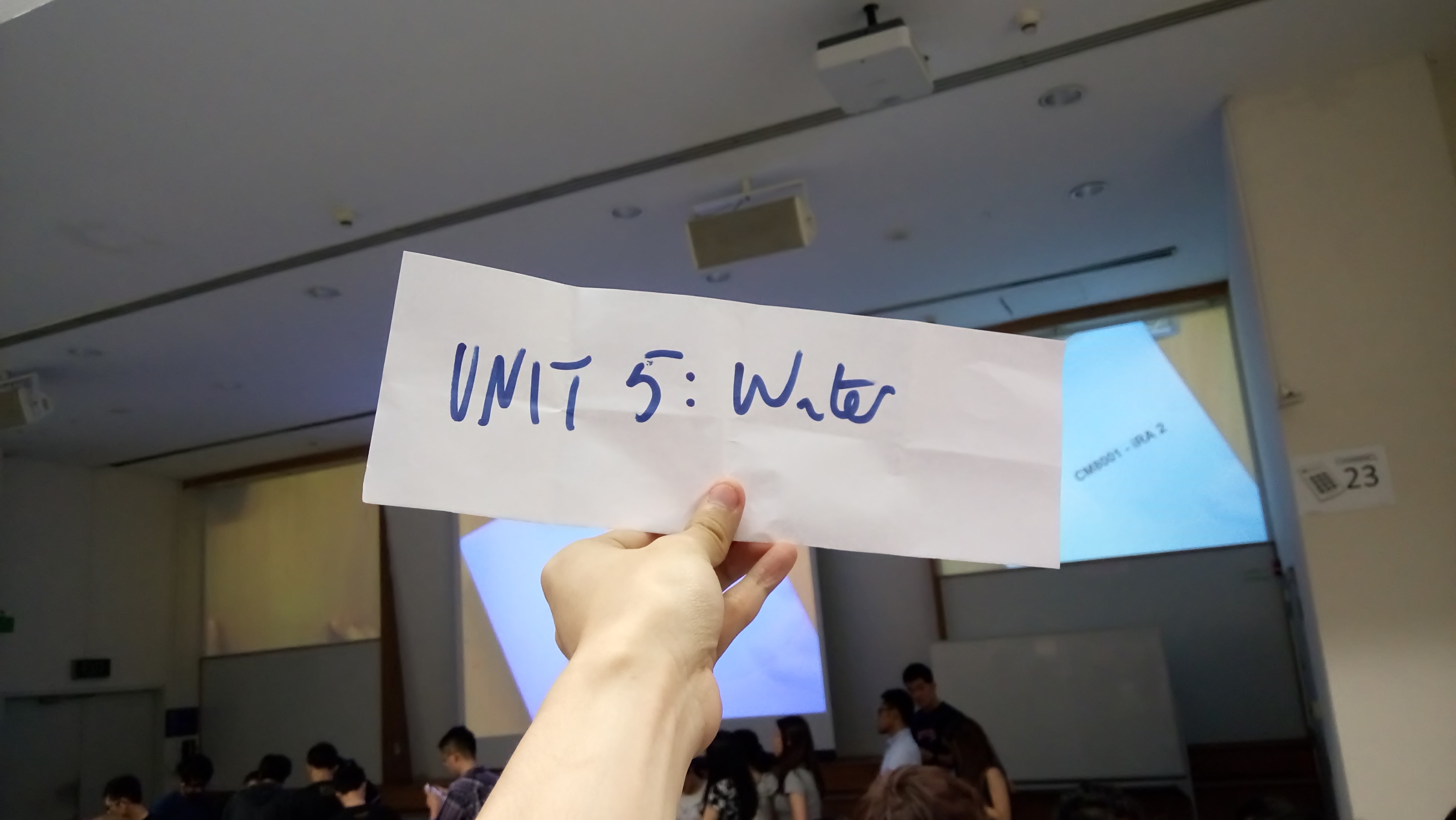1.How can you purify your water when you are hiking? Name two or three possibilities. Compare these methods in terms of cost and effectiveness. Are any of these methods similar to those used to purify municipal water supplies? Explain.
1) Boiling Water in a pot over a fire
2) Filtration
3) Tablets (Water Purification) Eg. Chlorine / Iodine
However, these cost saving methods does not remove toxic substances & cryptosporidium.
These methods are similar to those being used to purify mineral water but without more toxic substances + contamination + testing of the substances are done before it is discharged to public.
2.Explain why desalination techniques, despite proven technological effectiveness, are not used more widely to produce potable drinking water.
It requires a huge amount of energy to distill very little amount of pure water. In addition, there are still a lot more of impurities in water such as bacterial and organisms and unwanted chemicals, as a result, the water has to go through treatment.
As such, the water treatment cost will become costly and high pressure equipment requires a lot of energy.
3.Water quality in a chemical engineering building on campus was continuously monitored because testing indicated water from drinking fountains in the building had dissolved lead levels above those established by NEA.
a. What is the likely major source of the lead in the drinking water?
Corroded pipe, rust.
b. Do the research activities carried out in this chemistry building account for the elevated lead levels found in the drinking water? Explain.
No. Waste water pipes and water supply pipes are independent. Also, before water is discharged to public for drinking, levels of contaminants will be checked.
4. Some vitamins are water-soluble, whereas others are fat soluble. Would you expect either or both to be polar compounds. Explain.
Water-soluble vitamins have polar groups hence they are polar, they can undergo hydrogen bonding with water.
Fat-soluble vitamins are non-polar, they can only dissolve in non-polar solvents.

